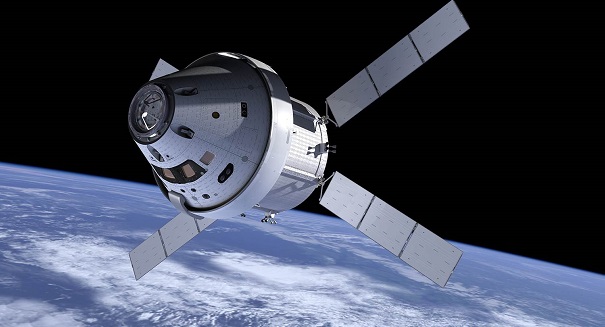
NASA probe Dawn will soon be orbiting one of our solar system's own dwarf planets.
An expedition seven and a half years in the making, the NASA probe Dawn is days away from its destination: in orbit around the dwarf planet Ceres. What was originally classified the largest asteroid in the asteroid belt has moved up in the astronomical ranks to dwarf plant.
Ceres is 950 kilometers wide, and in most scientific opinion, shows to be too dense to be made of only space rock. In fact, an astounding fifty percent of the dwarf planet’s mass is most likely water. What we don’t know is in what form the water exists in on the rock. It could be chemically fused throughout the rock. Ceres is almost three times as far away from the sun as we are, so it is much colder. On the other hand, Ceres would be producing some of its own heat through the radioactive decay of elements, so maybe somewhere beneath the surface there are underground reservoirs of liquid water. Thus, astrobiologists have reason to believe that Ceres contains certain conditions that could harbor microbial life.
Last year, scientists observing Ceres using the Herschel space telescope in Europe reported seeing puffs of vapor break the surface of the plant. More recently, images already coming from Dawn as it makes its approach show two mysterious white spots on Ceres’ surface. These white spots could be freshly exposed ice or mineral deposits being laid around an opening that is letting out vapor. March 6th remains the highly anticipated day when Dawn will fall into orbit around Ceres and hopefully send home some solid data.
Leave a Reply